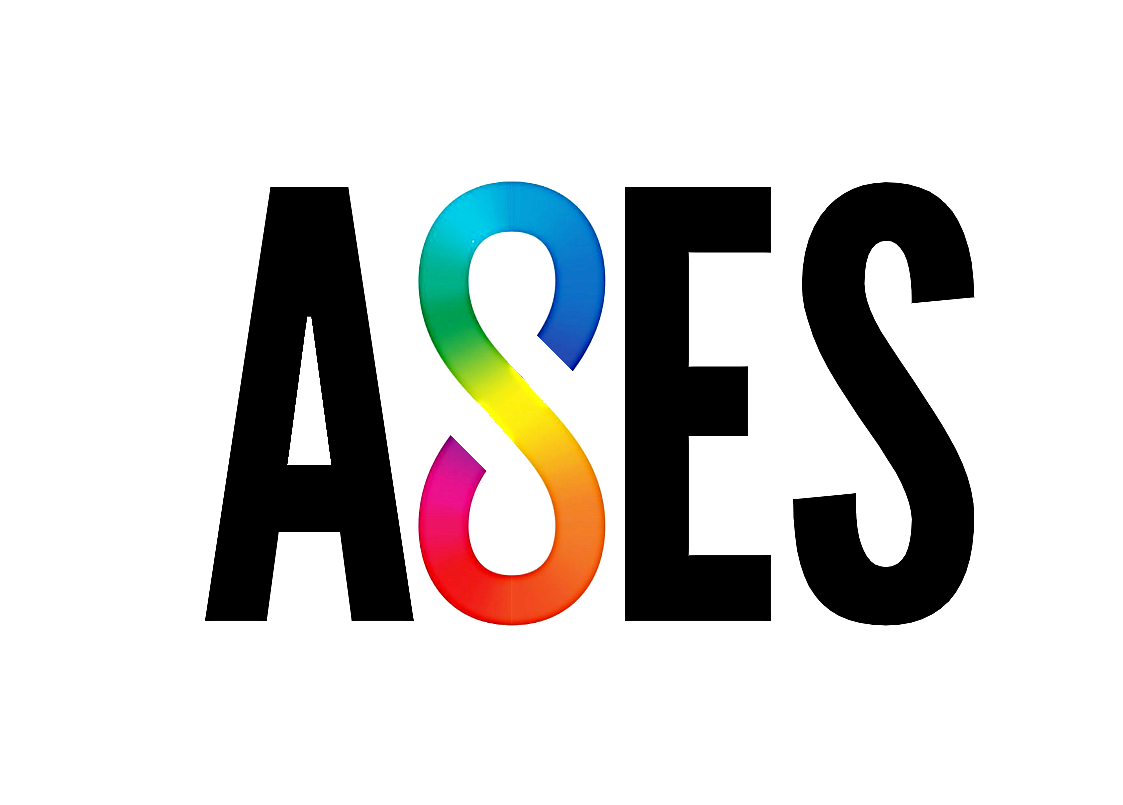creating an inclusive work environment

Inclusive environments are the key for unlocking the power of human potential. Traditional workplaces can place autistic people at a disadvantage. In addition, the physical environment (e.g., lights, sounds, or noise), the intensity of social interaction, and the ambiguous and uncertain nature (e.g., no foreknowledge of tasks, ambiguous communication often using idioms) are just some of the potentially systematically disadvantageous factors for autistic people not only in the job interview process, but everyday in the workplace as well. We need to bear in mind physical, social, and attitudinal factors which can contribute to an individual’s success in the work environment.
In the last 30 years, many organizations have made structural changes to improve physical accessibility (e.g., replacing stairs with ramps or elevators); yet the process of changing jobs, roles and organizations to fit the needs and capabilities of a neurodiverse workforce is likely to be more complex, and it may engender unexpected backlash if some employees are given the opportunity to adjust their jobs to fit their needs and strengths (e.g., giving an autistic employee a quieter place to work while refusing similar options for neurotypical employees). These backlashes are common when adjustments are made only at an individual level and demonstrate a lack of understanding as to the difference between equality (everyone gets the same) and equity (everyone gets what they need to start their job tasks from the same baseline). Applying the principles of universal design, we can improve the accessibility of environments and processes for all employees equally. (Bruyère and Colella 2022, p.270)
Autism affects each individual differently, often in regard to sensory and social discomforts. It is important to know if your employee is affected in those ways, so you can make the necessary adjustments and modifications. In that way, you ensure that they are happy, comfortable, and productive, thus, setting the stage for success in their job and at the workplace. Individuals on the autism spectrum often struggle with sensory overload. In a workplace where many different people, sights, and sounds are present, it is important to offer any employees with autism and sensory issues relief from these situations. (Organization for Autism Research 2022)
Inclusive Workplace
Employers and coworkers play an important role in supporting autistic adults in the workplace. By being aware of the challenges faced by individuals with autism, and by taking steps to accommodate their needs, employers and coworkers can help to create a supportive and inclusive work environment. (Breeding 2023, p.31)
Managing the work environment to support individuals with autism can involve a variety of strategies and tools. Some examples include:
● Environmental adjustments: Making adjustments to the physical environment, such as reducing noise levels or minimizing bright lighting, can help to create a more comfortable and supportive workspace for individuals with autism, increasing productivity and boosting morale. Tools such as noise-cancelling headphones, sunglasses, or fidget toys may also be helpful.
● Communication tools: Communication tools such as visual schedules, social stories, or checklists can help to support clear communication and reduce anxiety or confusion.
● Job accommodations: Job accommodations, such as flexible work schedules, task modifications, or job coaching, can help to create a more supportive and inclusive workplace for individuals with autism.
● Sensory supports: Sensory supports, such as weighted blankets or sensory-friendly seating, can help to support individuals with sensory processing issues and reduce feelings of overwhelm or anxiety.
● Training and education: Providing training and education to employers, coworkers, and individuals with autism themselves can help to increase awareness and understanding of autism and support strategies. This can help to create a more accepting and inclusive work environment for all employees.
Consider these accommodations that could be helpful for an employee with ASD:
● A private place to work. Some autistic employees will appreciate a private place to work where they can control things like lights and noise.
● Switch out the lights. Many people with autism are sensitive to fluorescent lights, they sometimes flicker and create a high-pitched buzzing sound that can trigger people with autism. These fluorescent lights can be switched with natural lighting and or natural spectrum LED lighting.
● Blinds for the windows. If your employee is next to a window, you can provide blinds so they can control how much light comes through. Light sensitivity can create eyestrain and headaches for those who are sensitive. Consider allowing them to wear sunglasses if blinds are not available.
● Music on headphones. Some ASD employees may need extra sensory input. Listening to music on headphones could be a helpful solution.
● Sensory breaks. Your autistic employee may need small breaks so they can have a break from too many stimuli or seek extra stimuli when necessary.
● Sensitivity from other employees. When feasible, other employees may be able to help out their autistic colleagues. For instance, encouraging other employees to avoid eating strong-smelling foods outside of the rest areas could be helpful. (Greer 2021, p.20-21)
Ultimately, the specific tools and strategies that are most helpful will depend on the unique needs and preferences of the individual with autism, as well as the specific job and work environment. It may be helpful to work collaboratively with the individual, as well as with disability or autism support organizations, to identify the most effective tools and strategies for managing the work environment and supporting individuals with autism in the workplace.
